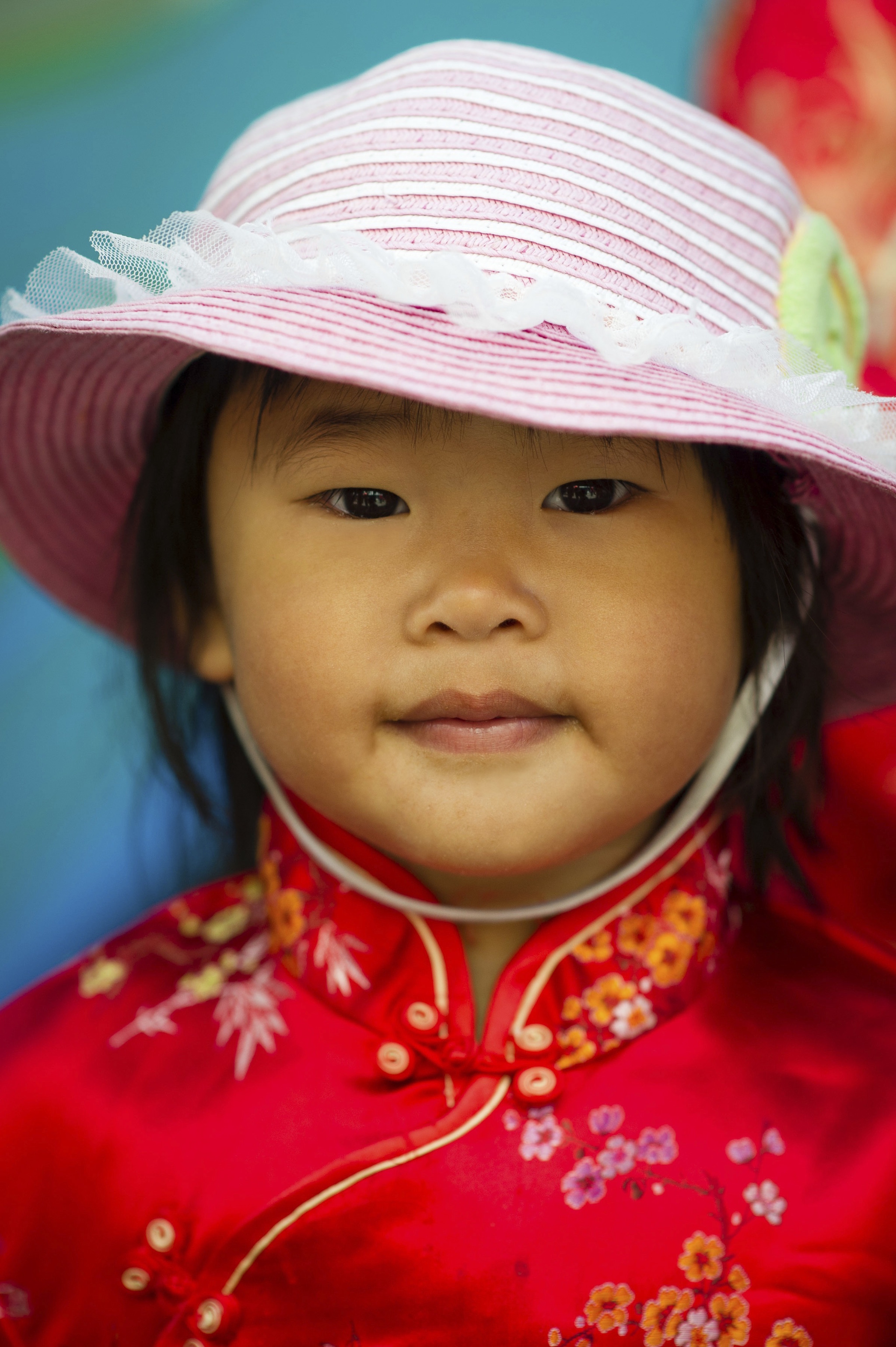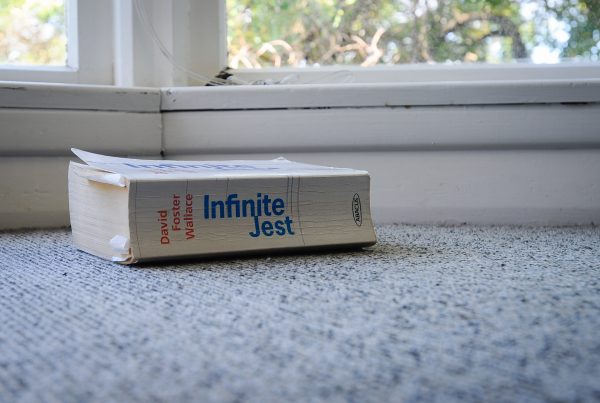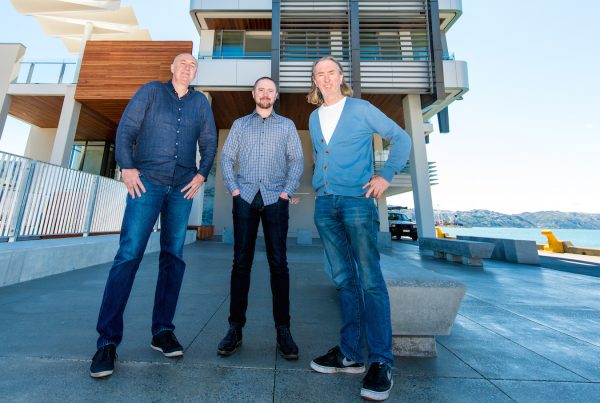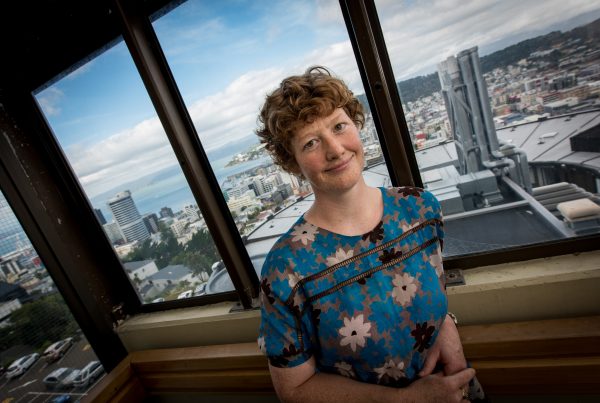Most major international cities have a Chinatown. They’re often loud, chaotic places that assault all your senses, and they’re where you’ll find the best-kept secrets for authentic cuisine and stores with Asian groceries and curiosities (or knock-off designer wares). These areas are also often saturated with the painful history of their original inhabitants.
Some Chinatowns, such as the one in San Francisco, were areas where local city officials allowed Chinese people to live or own property. Others were formed more organically as the numbers of Chinese arriving in a city grew. It made sense to go where your fellow countrymen were, for safety and for the comfort of the familiar.
I’ve always made an effort to visit these neighbourhoods when I travel, often with a mix of curiosity and trepidation. Having grown up and lived in Lower Hutt and Wellington all my life, I’ve always been interested in how such communities operate and exist. Sometimes it’s like being transported to the back streets of Hong Kong. Others are more integrated and simply add flavour to their parent city.
Haining Street, which runs between upper Tory and Taranaki streets, is considered Wellington’s historical Chinatown. In the late 19th century, the European settlers saw it as a ghetto, where the Chinese gathered to engage in their filthy habits. However, Wellington has never had anything we could call a modern-day Chinatown.

The Tung Jung Association dinner at their hall, 26 Frederick Street (1943), Wellington
According to 2013 Census data, 4.3 percent of New Zealand’s population identifies as being of Chinese ethnicity. Wellington is home to about 9.5 percent of this group — approximately 16,400 people.
Although the Chinese population in Wellington has steadily increased during the last decade, the effect of Chinese on modern-day Wellington is not as visible as it is in, say, Auckland, a city that is home to a staggering 68 percent of New Zealand’s Chinese population.
Despite this imbalance between our two largest cities, Wellington is home to a notably higher proportion of New Zealand-born Chinese. This could stem from the Chinese who settled in Wellington at the end of the 19th century after the roar of the gold rushes. At the time, Wellington had recently become the nation’s capital, and many Chinese saw it as a place of great economic opportunities and political influence. The high proportion of New Zealand-born Chinese in Wellington might also reflect the close political and educational ties the city has had with Asia since the 1950s, which weren’t as apparent in other parts of the country.
The Chinese have had a storied and colourful past in Wellington since they began settling here in the 1870s. Back then, there were parts of Wellington that had a visible and distinct Chinese presence. Most well known, and notorious, was Haining Street.
These days, Haining Street is a rather nondescript street, a mix of low-rise apartments and businesses. Its ordinariness belies the fact that it was once the most infamous hub of Wellington’s Chinese community. More than a hundred years ago, it was where many Chinese lived and worked. Originally considered to be a respectable residential area, the street’s deterioration into slum conditions meant that the cheap rent attracted Chinese immigrants.
Whether deserved or not, the street in particular earned itself a notorious reputation and became fodder for urban legends about all the unseemly things Chinese enjoyed to do. In reality, it was just home to many people struggling to make a living like their fellow European settlers. Properties on Haining Street became the targets of raids in an attempt to crack down on opium dens and illegal gambling. Although it was well known that these activities did occur, the stories of licentiousness were greatly exaggerated.
It was actually the Chinese community who rallied together to prohibit the importation of opium because of its effect on the community and its expense. Interestingly, they used a rather cunning tactic to petition Parliament to restrict it — by stoking people’s fear that opium habits could spread to Europeans.
There are no longer any traces of the street’s infamous stature as Wellington’s Chinese ghetto. The only reference to the past is a small plaque outside 13 Haining Street — a reminder of one of the darkest moments in Chinese-New Zealand history.

Chinese sunday school children outside the Chinese Mission Church in Frederick Street (1922), Wellington
Lionel Terry, a noted white supremacist and extremist, had what could be simply described as a personal crusade against the Chinese. In 1905, he travelled from Mangonui to Wellington, handing out copies of The Shadow, a self-published pamphlet that contained his views on, among other things, the danger of the so-called ‘Yellow Peril’ to the Empire. Once he reached Wellington, his attempts to convince the government to ban any further Chinese immigration failed. That’s when he took matters into his own hands. Terry had a point to make, and he would do so in the most chilling and sensational way possible.
Terry headed for Haining Street. It’s there that he knew he would find an appropriate and helpless target.
On the night of 24 September 1905, Terry shot and murdered Joe Kum Yung, an elderly Chinese man, in Haining Street. The murder was planned, but the victim was chosen at random. Even in the context of the racist attitudes towards Chinese at the time, many considered the crime to be outrageous and heinous. Today, some might even view it as an act of terrorism designed to instil fear in the Chinese population at the time. Indeed, some Chinese saw the public reaction towards the murder as evidence that the loss of a Chinese life was hardly worth reporting. The media placed greater focus on Terry and his questionable motive. Joe Kum Yung was reduced to a footnote while Terry got all the attention.
In 2005, on the centenary of the murder, a plaque was installed on Haining Street to commemorate the memory of Joe Kum Yung.
Although many stories about Haining Street describe it as being Wellington’s Chinese ghetto, by the mid-20th century it had already begun to shake off its infamous reputation.
Running parallel to Haining Street is Frederick Street, another important street in the history of Chinese settlement in the area. This was the site of several key Chinese buildings, such as the former Tung Jung Association headquarters and the Anglican Chinese Mission Hall. These remain some of the few buildings that evoke the storied past of the area’s connection to the Chinese.
Recently, the Wellington City Council approved $35,000 to be given to the owners of the former Chinese Masonic Lodge in Frederick Street for earthquake strengthening. Between 1925 and 1975, the lodge was the Wellington headquarters of the Chee Kung Tong, more commonly known as the Chinese Masonic Society. The word “Masonic” is a red herring — the society had no connection whatsoever to the Western concept of freemasonry. But perhaps it was this that helped it to become a visible and integrated part of the wider Wellington community.
When the lodge was opened in 1925 with a gala banquet, the mayor and archdeacon of Wellington and a Cabinet minister were among the notable guests. This was a sign that attitudes towards the Chinese were beginning to shift. In some ways, it also marked the beginning of the end of Wellington’s Chinatown.
Although the society was held in high regard and took part in many charity fundraising activities, its main focus at the time was its connection to Chinese politics. The Chee Kung Tong was one of two main groups with the goal of overthrowing the ruling Qing Dynasty in China. The other was the Kuomintang, whose national headquarters were also in Wellington. Both groups raised money to support the causes of their respective parties in China.
There were also a number of other groups in Wellington that had more of a social focus. The original Chinese Association was formed in 1909 as a way to bring the local Chinese community together to oversee its own affairs and to provide training courses. Many county clubs were also formed in Wellington, including the Poon Fah Association, the Tung Jung Association and the Seyip Society. County clubs allowed those from the same Chinese counties to socialise with each other and maintain ties with their home villages back in China. These clubs were where most Chinese socialised and, particularly in the case of today’s older generation of Chinese New Zealanders, are where they still do.
If the aforementioned clubs and groups were designed to allow the Chinese to address their own affairs and socialise among themselves, then more outward-looking groups like the New Zealand China Friendship Society (NZCFS) brought Chinese culture and language to the wider community. A Wellington branch of the NZCFS was formed in 1956, and since then has been a driver in promoting awareness of China and its culture. One of the society’s early aims was “To clear the mists of ignorance and provide accurate information leading to mutual understanding and mutual respect between our two peoples”.
Despite settling in the nation’s capital, local Chinese very rarely involved themselves in New Zealand’s political affairs of the day. There was the aforementioned Chinese-led campaign to prohibit opium and a petition against the poll tax, but most residents were more concerned with politics in China.
The Chinese trait of keeping a low profile might explain why most did not seek public roles in local and central government. Many were happy to be invisible members of society — if they kept their heads down and weren’t ‘too Chinese’, they could be considered honorary New Zealanders. Those who did seek to involve themselves in politics and public affairs have been exceptions.
George Gee and his wife Dorothy ran a fruit and vegetable shop in Jackson Street, Petone. George was also heavily involved within the Chinese community. In 1965, he was elected to the Petone Borough Council before being elected mayor in 1968, making him New Zealand’s first mayor of Chinese ethnicity.
George didn’t need a groundswell of support from the Chinese community to secure the position. His opposition admitted that he was simply the best man in their group to run for mayor. He served for 12 years, before standing down because of ill health. For his service to the public, George was awarded the Queen’s Jubilee Medal in 1977 and the Queen’s Service Order in 1981. George Gee Drive in Korokoro is named after him.
Another notable Chinese Wellingtonian who took part in local politics was Mollie Ngan Kee, who was heavily involved in the wider community, particularly in Stokes Valley, where she played a major role in setting up the local pool and establishing the Stokes Valley Community House. In 1977, she was elected as a Lower Hutt city councillor before becoming deputy mayor in 1980. Her drive and leadership were evident in the many community projects she took part in, and in her contributions to the Wellington Hospital Board and the Hutt Regional Community Mental Health Services.
Stan Chun grew up in Newtown in the 1940s, and he fondly remembers a childhood in what was then a predominantly Chinese neighbourhood. As well as being home to a large number of Chinese families, the area had arguably the greatest concentration of Chinese fruiterers. Stan’s family was just one of the many who operated a fruit and vegetable store. He and his siblings all played their part in the family business, from childhood right through to adulthood. As a child, Stan would race home after school to help at the family store. As an adult, one of his responsibilities was purchasing the stock for the store.
Back in the mid-20th century, Wakefield Street, and Allen and Blair streets in upper Courtenay Place, were a thriving area of activity. It’s here that fruiterers from around Wellington would gather every morning from about 7am to purchase from the markets. They were unofficially ‘Chinese-owned’ streets because of the high number of Chinese present with their trucks, and so the area became a meeting ground of sorts.
There were some Wellingtonians at the time who believed that the Chinese and Indians had a monopoly on fruit shops and laundries. There was a fear that more Chinese would arrive and take jobs from the European settlers. This topic was a recurring theme in letters to the editor pages. Ironically, a lot of Chinese migration to New Zealand dating back to the gold rushes was a result of local Europeans ‘importing’ workers from China as cheap labour or to drive wages down.
Stan argues that the Chinese and Indians were simply prepared to put in the long hours and very physically demanding work required in this type of business. Because the Chinese weren’t trusted or entirely welcome, these labour-intensive jobs were often the only way for them to earn a living. By taking them on, however, Chinese families were able to save up money to create opportunities for the younger generation.
Stan is one of the most respected and well-known t’ai chi teachers in Wellington. From the late 1960s he taught martial arts, before offering t’ai chi lessons after demand from locals. He estimates that, since the mid-1970s, he’s taught more than 600 students t’ai chi, a significant number of them non-Chinese. Throughout the years, Stan’s t’ai chi classes have been an opportunity for him to share Chinese culture and philosophy with Wellingtonians from all walks of life.
Today, New Zealanders embrace other cultures with a spirit of interest and kinship. Festivals such as Chinese New Year have become a major fixture on Wellington’s multicultural calendar, but it’s hard to imagine that such a well-known festival had its first public celebration in our city just 12 years ago. Though the effect of Chinese in Wellington might not be so obviously apparent now, the city’s streets and faces all hold the story of a difficult but important past.










